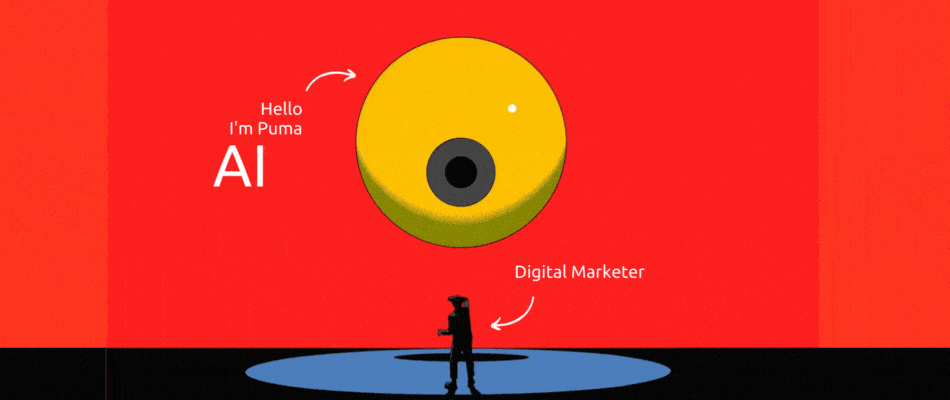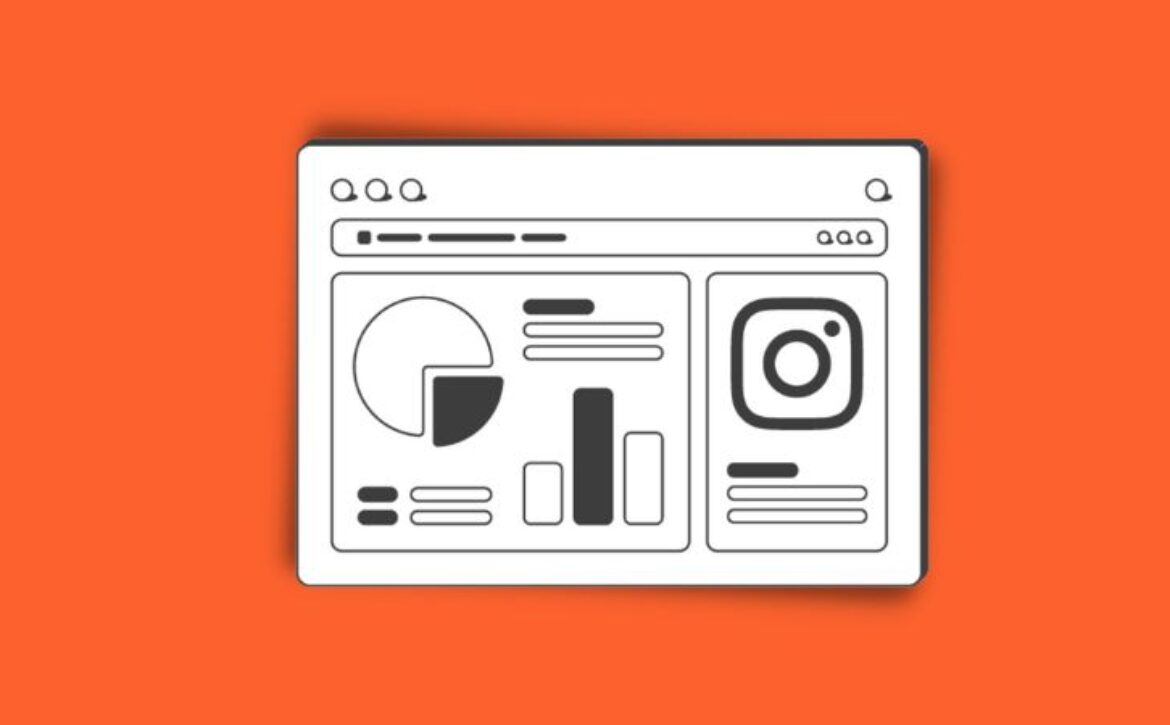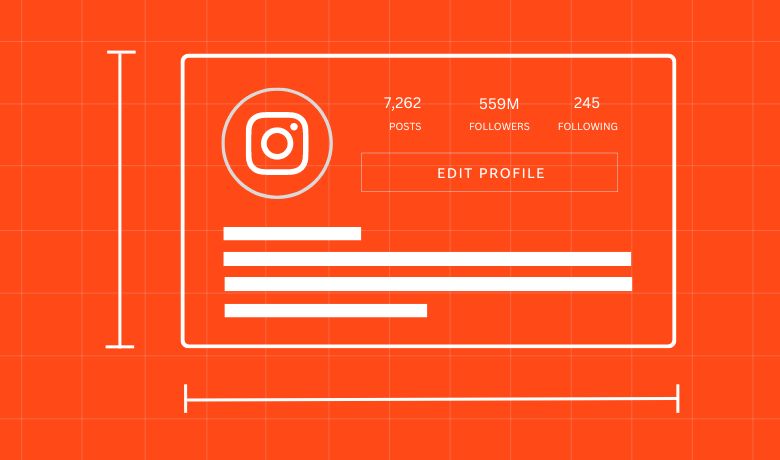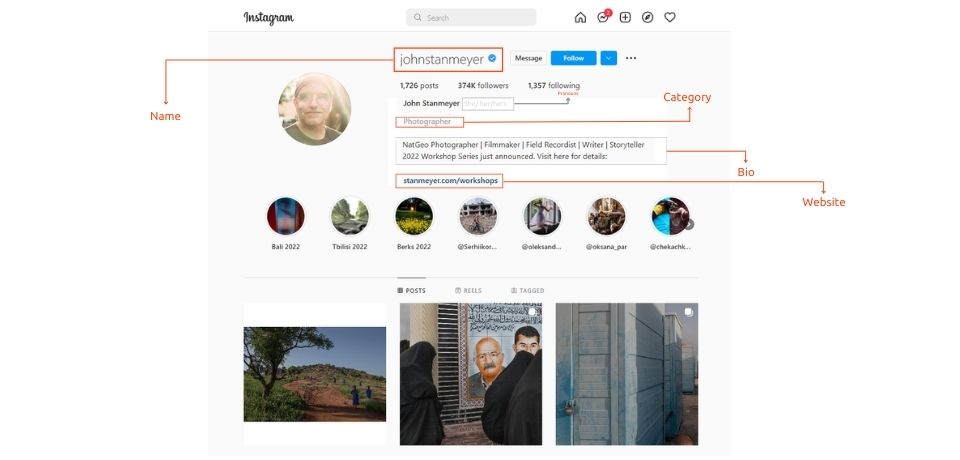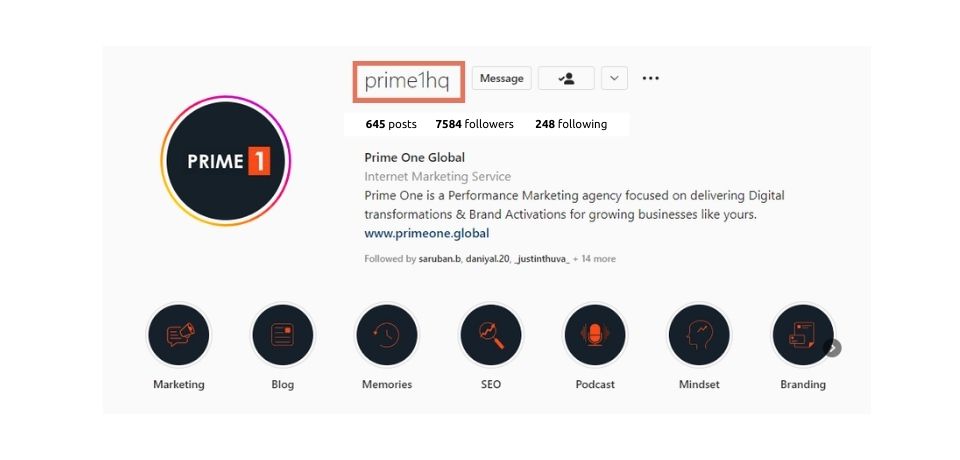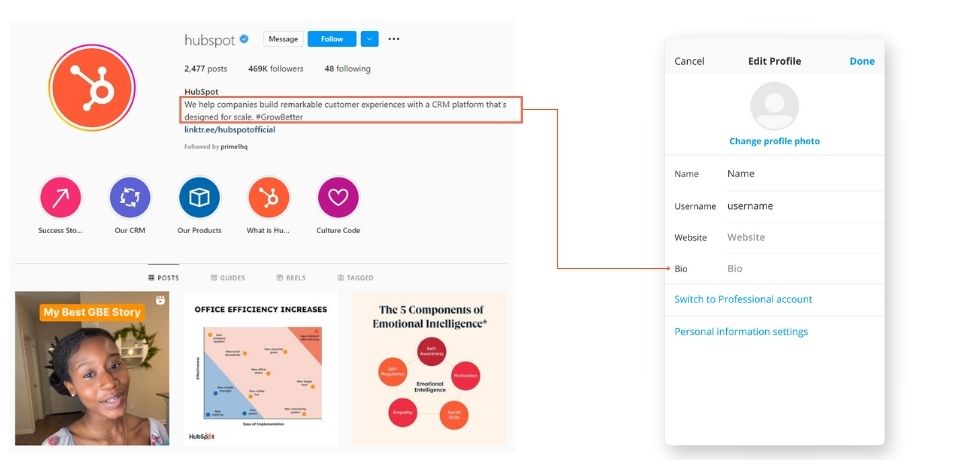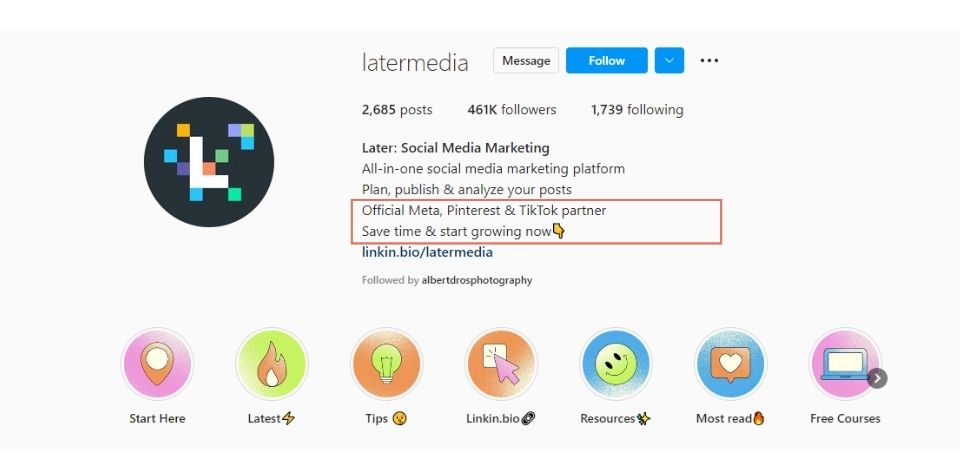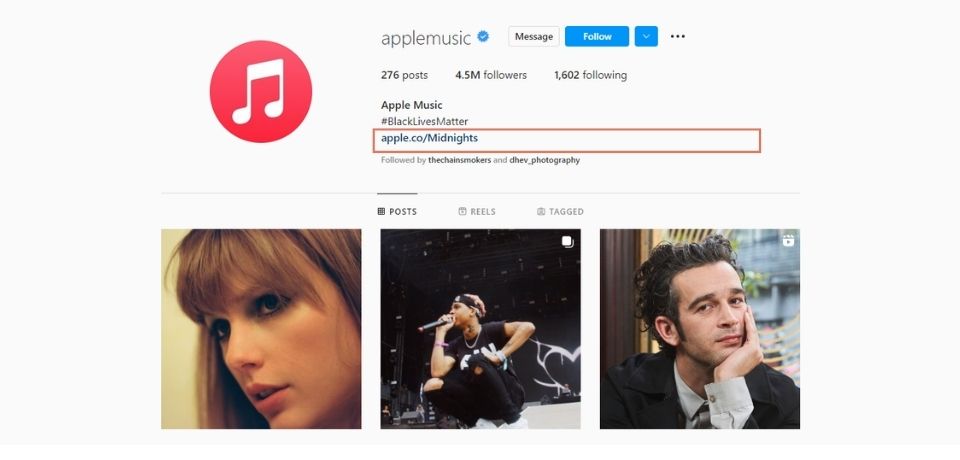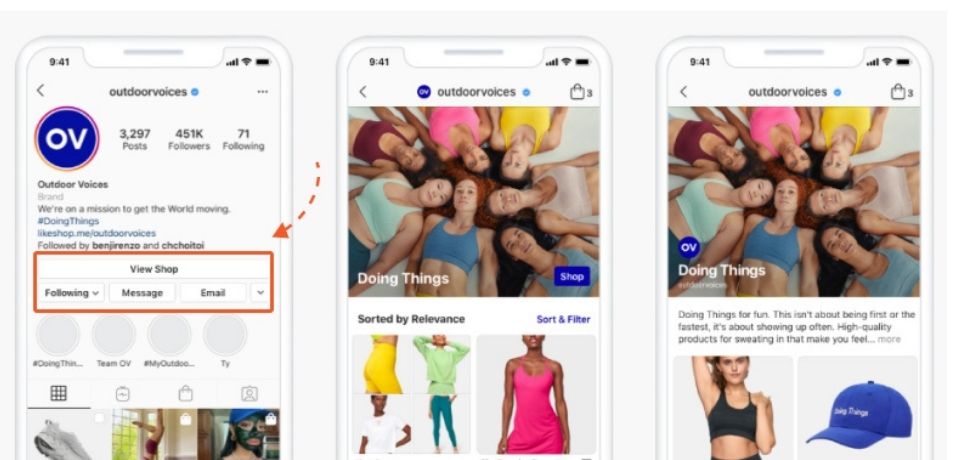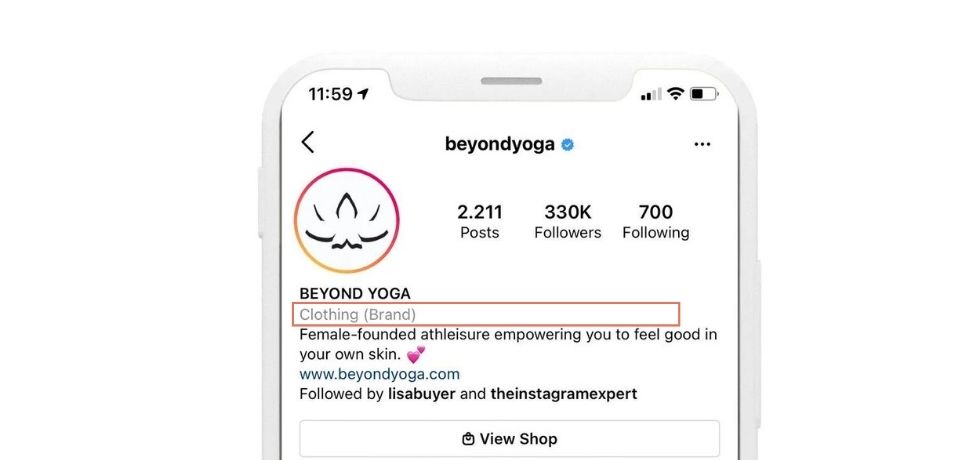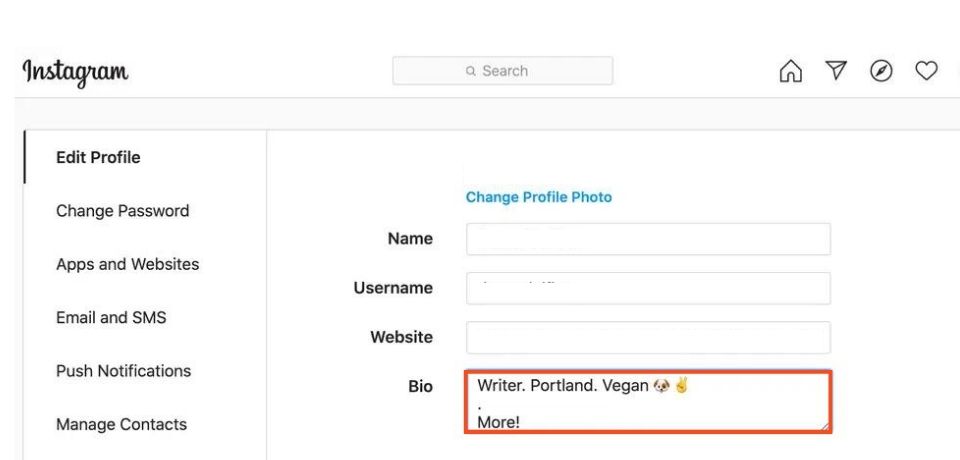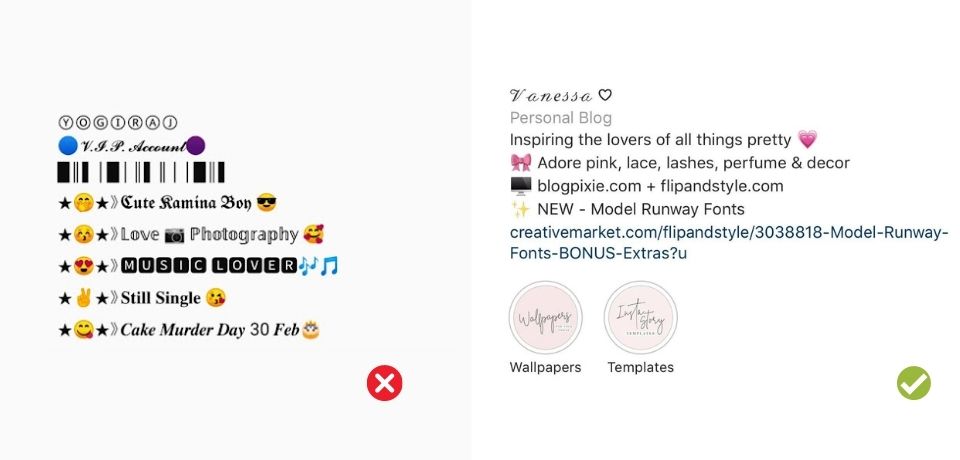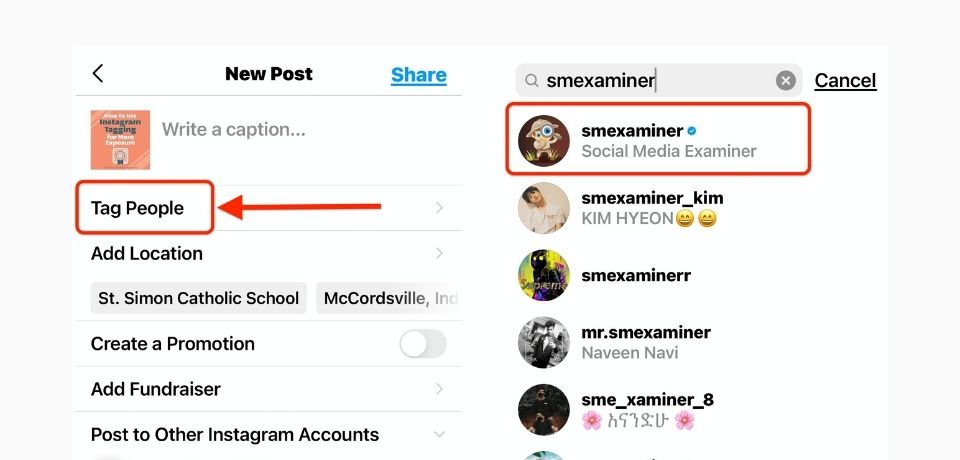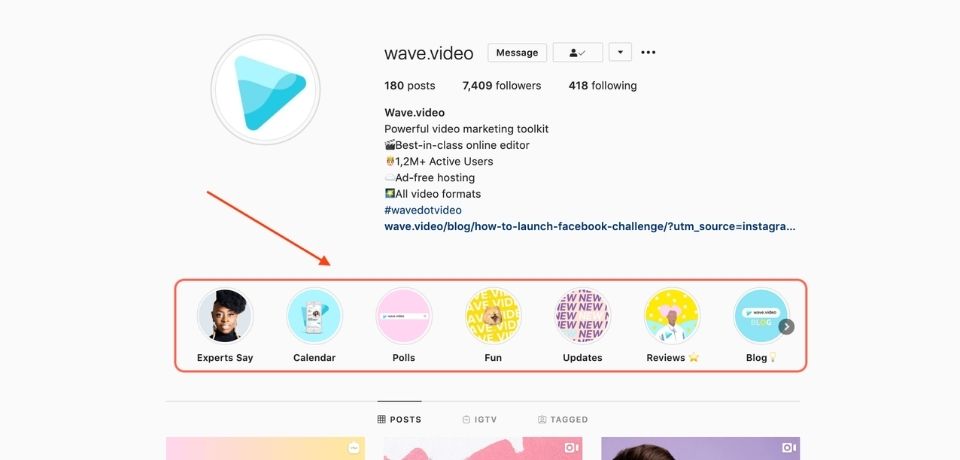The Difference Between Demand Generation and Lead Generation Explained
You’ve probably heard these terms before, but what do they really mean? And more importantly, how do they work together to help you grow your business? Don’t worry, we’re here to break it all down for you. In this article, we’ll define Demand Generation and Lead Generation, and explain how they work together to create a powerful marketing strategy.
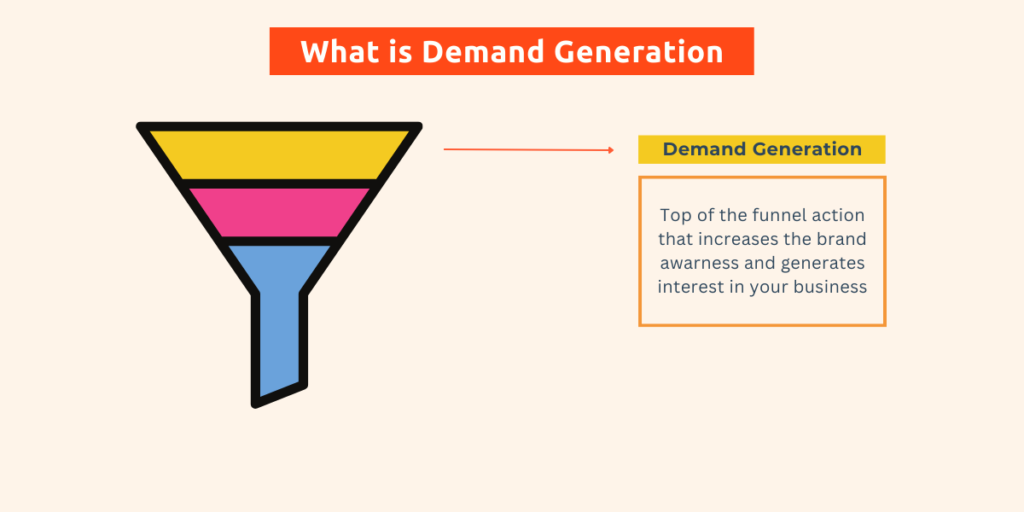
Demand generation is all about creating a steady stream of leads that are actively interested in your product or service. It’s a process that starts with identifying your target audience and figuring out what needs and wants they have.
From there, you create contents and marketing campaigns that appeal to those needs and wants. The idea is to generate interest and excitement among potential customers, so that they’ll be more likely to reach out and learn more about what you have to offer. In contrast, demand generation is all about capturing the attention of potential customers who have already been searching for what you’re selling, and convincing them to buy from you instead from your competitors.
Numerous ideas are being used to create brand awareness some of the examples are :
- Blogging: Blog posts are more likely to attain demand generation process because of their informative feature. Blogs can be a comprehensive guide about a product or service or it can be a thoughtful article about some viral things. Blogs are the most popular form of content that is being published to gain more online attention.
- Live Events: Brands can expand their visibility on the field by taking part in an industrial event or even by organizing their own events. It doesn’t matter whether it’s a product launch or annual celebration, Any event with the third party people’s interaction can increase the brand awareness.
- Podcasts: Podcasting is another perfect medium to fascinate more audience’s consideration. It’s relatively low competition path to develop a community around any brand.
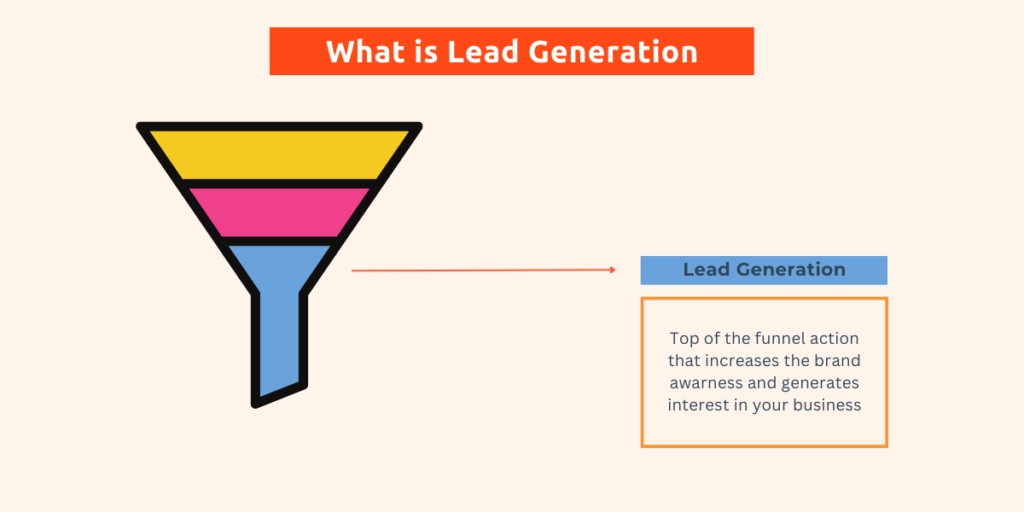
- Attract: Fascinating strangers towards your products and services by using blogs, social contents, and keywords. It turns strangers into visitors.
- Converts: Visitors becomes leads by providing their valuable information to the advertisers through forms, call-to-action buttons, and landing page queries.
- Approach: Getting close to the customers by maintaining good customer relationship, workflows, giving information via Email. It helps marketers to reach leads.
- Delight: Please customers with their needs by using surveys, social monitoring, and smart contents. When your customers gets satisfied with your services they’ll become your promoters.
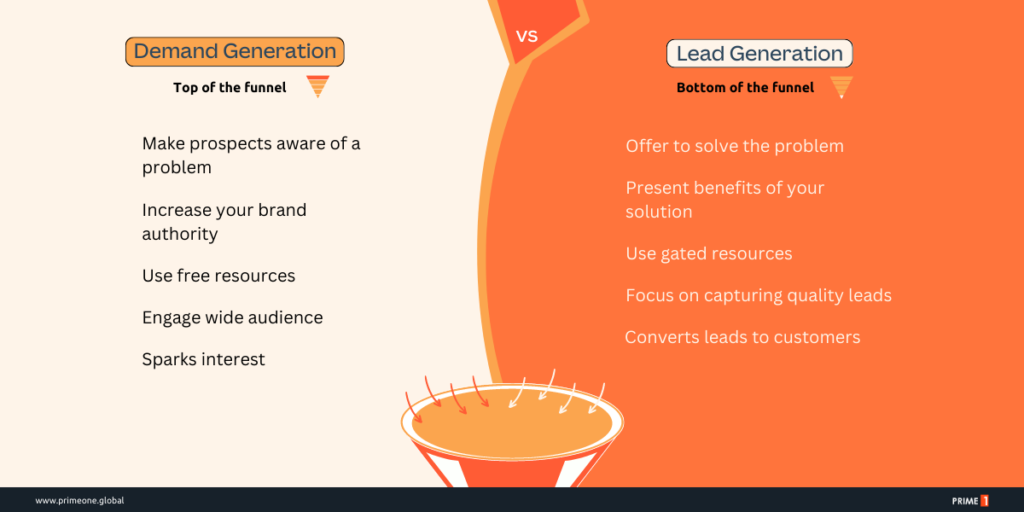
Demand generation and lead generation are two essential aspects of any successful B2B (Business-to-Business) marketing strategy. But what are the key differences between the two?
Lead generation is all about finding and targeting potential customers. Once you have a lead, you then need to nurture it until it’s ready to buy. Demand generation, on the other hand, is about creating awareness and interest in your product or service among potential customers.
The main difference is that lead generation is a one-to-one process, while demand generation is one-to-many. With lead generation, you’re targeting individual prospects who might be interested in your product or service. With demand generation, you’re trying to reach as many potential customers as possible. Demand generation campaigns focuses on bunch of groups and people. It broadcasts product and service awareness pointlessly to filter those who are really interested to afford.
Another difference is that demand generation is more about generating interest, while lead generation is more about generating leads. With demand generation, you’re trying to create a need for your product or service. With lead generation, you’re trying to fill that need by providing leads who are ready to buy
Lead and Demand generations are separate tasks that interconnected with each others. To generate leads, audience are required. Audience are being attracted from crowd of people by demand generation campaigns.
Demand and lead generation give you a leg up when it comes to finding new prospects and fostering relationships with existing customers. Both strategies have benefits that can help your business grow, so let’s take a closer look at what these are for starters, demand generation can help you find qualified leads in an efficient manner. You can use data-driven tools that allow you to target potential customers who would be the most receptive to your messages. Plus, ongoing demand activities educate potential customers about your products and services which helps to increase brand awareness and visibility.
Meanwhile, lead generation gives you the opportunity to get contact information from potential customers who are eventually looking to buy something from you or sign up for your service.
This allows you to create personalized campaigns and emails tailored specifically for each customer, driving up your return on investment in the process.
- Fascinating and Comprehensive Content: Invest in quality content that helps attract and convert leads. This means writing and creating helpful, informative resources for your prospects that target their needs.
- Work with multiple Zones: Make sure you’re utilizing a variety of channels, such as email, webinars, and social media. These platforms are all powerful tools for generating leads and engaging existing customers. Publishing your approved contents and posts with the help of the above platforms can elevate the chance to reach more suitable audience and gain quality leads.
- Keep an eye on the process: Develop an effective lead scoring system to help you track the progress of each lead and determine when they’re ready to become paying customers. Having this system in place will significantly reduce the amount of time it takes to turn leads into conversions.
- Upgrade tactics accordingly: Analyze your efforts in order to fine-tune your strategies over time, then deploy new campaigns based on your findings. By testing different tactics on a regular basis, you’ll eventually discover the perfect combination of activities to generate more leads and increase sales.
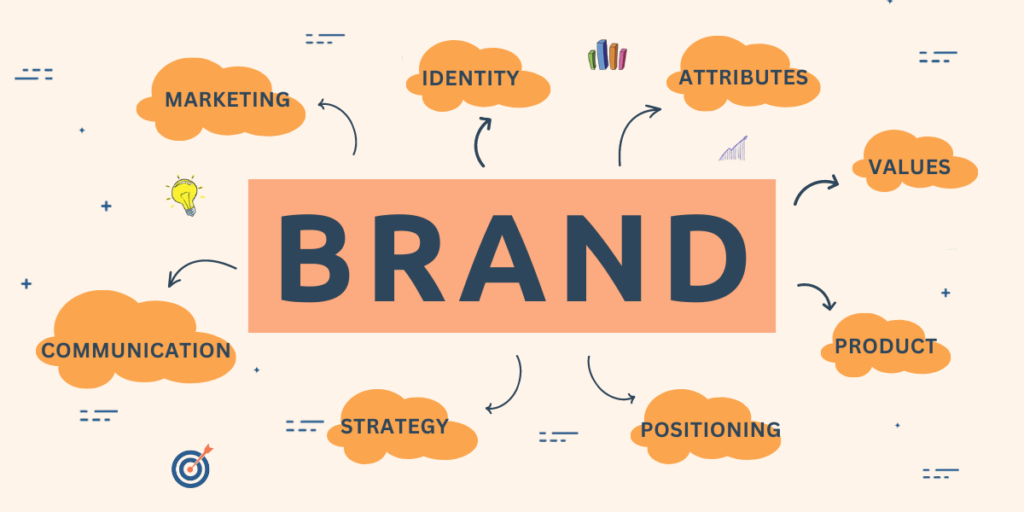
In short, demand generation is about creating awareness and interest in your product or service, while lead generation is about converting that awareness into action, usually in the form of a sale. Demand generation is a broad term that encompasses a lot of different marketing activities, from content marketing to social media to email marketing. Lead generation, on the other hand, is usually more focused on specific conversion goals, like getting someone to sign up for a newsletter or request a product demo. So, if you’re not sure which one you need, think about your goals. If you’re just starting out and trying to build interest in your product, you’ll need demand generation. But if you’re ready to start generating leads and converting them into customers, you’ll need lead generation. Analyze your business’s stage and choose the perfect generation tactics to level-up your business.


